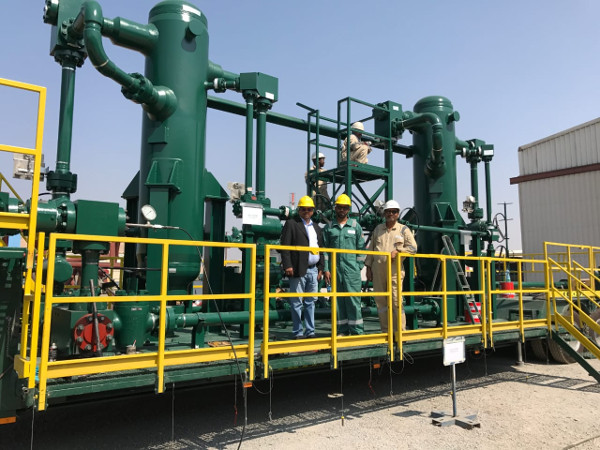


Sand management is an operating concept in which traditional sand control means are not normally applied and production is managed through monitoring and control of well pressures, fluid rates and sand influx. Sand management has proven to be workable, and has led to the generation of highly favorable well skins because of self-cleanup associated with the episodic sand bursts that take place. These low skins have, in turn, led to higher productivity indexes, and each of the wells where sand management has been successful has displayed increased oil or gas production rates.
Furthermore, expensive sand control devices are avoided and the feasibility of possible future well interventions is guaranteed. Different analysis and design tools are necessary for evaluating the sand production probability, for quantifying risk reduction, and for establishing practical operational criteria for safe and optimum production. Such design tools include the capacity to predict:
- Sand production onset
- Sand quantities and production rate
- Equipment erosion risks
- Conditions of sand transported inside the production flowline

